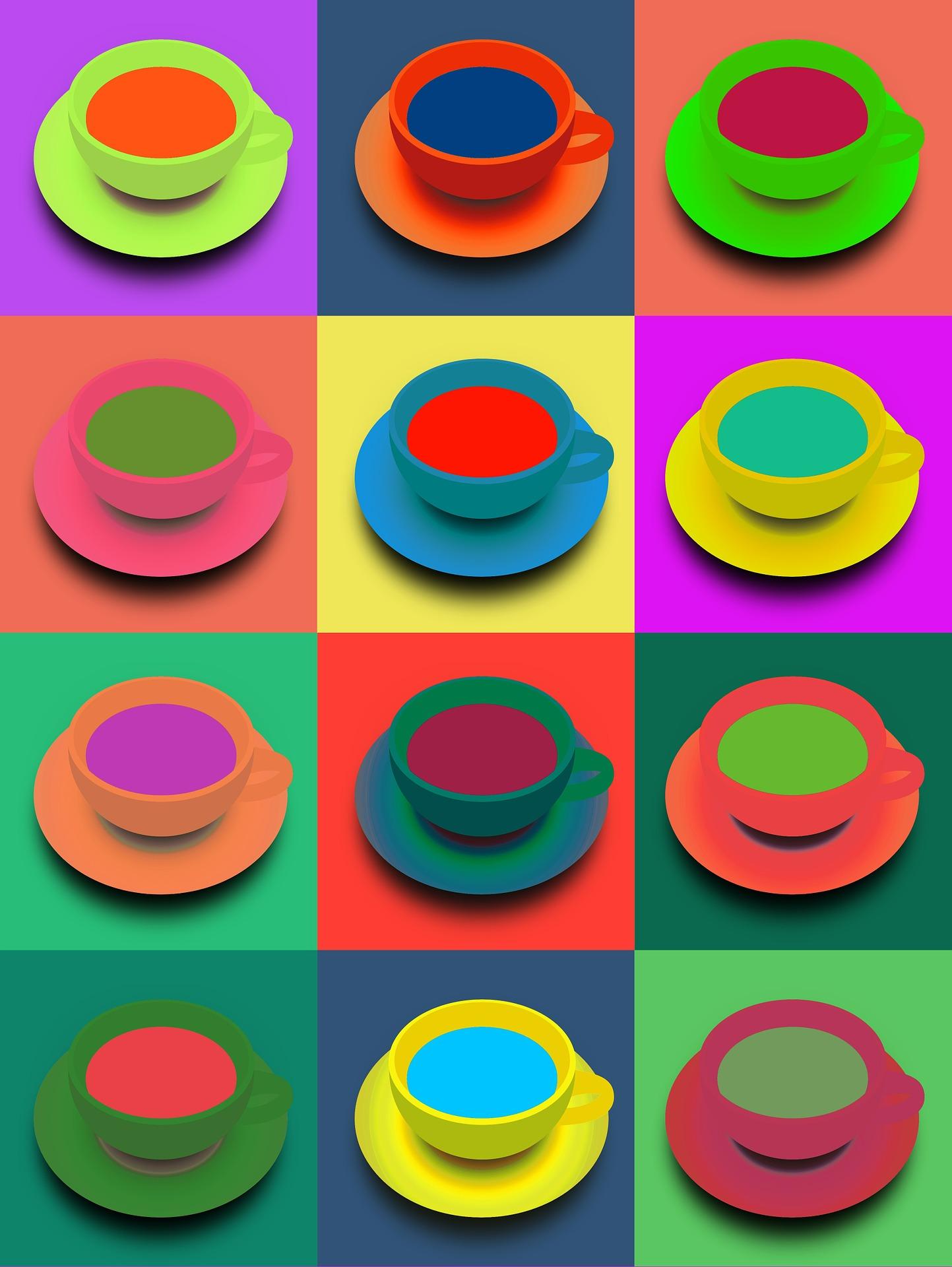
We’re entering an era of uncertainty.
For many, this has been a gut-wrenching week. And not just in the United States. People around the world are struggling with how to make sense of global events. Not just the American elections (though this is a huge sea change), but also escalating, senseless violence across the planet, threats to freeedom of speech, religion and assembly, the spread of fake news, a deepening divide between classes, and a creeping sense of dread as events begin to seem out of our control.
And, to be honest, this may feel like just the tip of the iceberg.
The world can seem a cruel and barbaric place.
Philanthropy – love of humankind — can seem elusive.
Yet it’s right here. In each of us.
Love is connected to the things you believe in. The values you hold most dearly. The dreams you have and cherish.
Now is the time to be more loyal to your values and dreams than to your fears.
Give yourself permission to trust your own dreams. Be open to them. Don’t critique them or tell yourself they cannot happen. Not now.
Be on your own side, and on the side of your family, friends, neighbors and the entire planet that needs you to restore balance. Don’t wait to nurture those dreams.
Make the internal commitment to come from a place of love.
Earlier this week I shared a poem from Tara Mohr. It began like this: “Today, I am more committed than ever to the things I believe in.”
I encourage you to think about what you believe, and what you’ll commit to doing — from today forward.
I do have some thoughts I’d like to share.
Details



 Studies show
Studies show 










 Your nonprofit’s story is the whole ball of wax.
Your nonprofit’s story is the whole ball of wax.